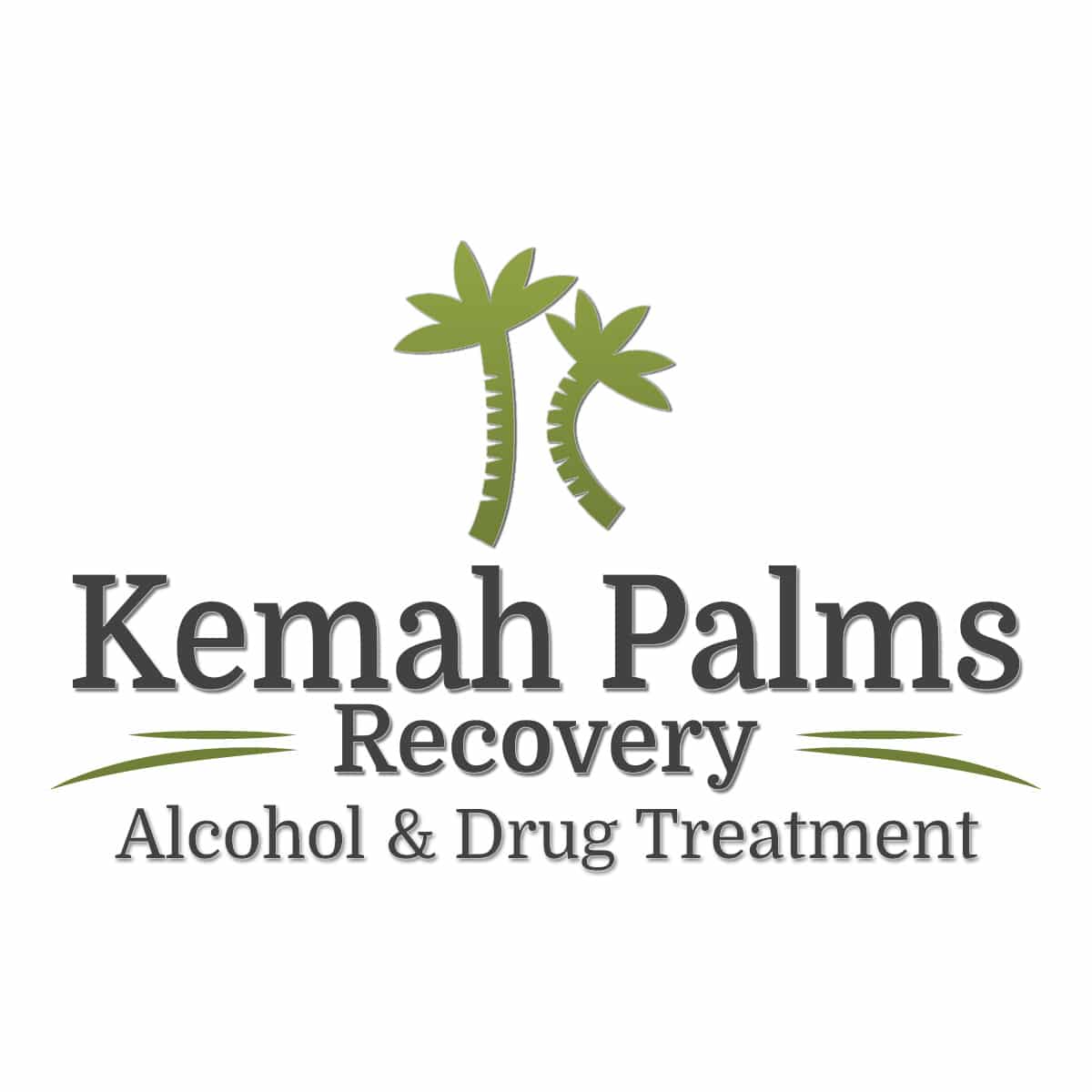What is Vicodin?
Vicodin is used as a narcotic pain reliever. Vicodin is the trademark name for the drug often prescribed for moderate to severe pain and also helps to suppress chronic coughs. It has become one of the prescription drugs that is abused most often.
How is Vicodin produced?
Since Vicodin contains Hydrocodone bitartrate 10 mg, a synthetic opiate it is classified as a narcotic. Vicodin is a combination of Hydrocodone and acetaminophen. Hydrocodone belongs to a group of drugs called opioid and therefore it can also be classified as a narcotic. Acetaminophen is used to enhance the pain relieving qualities of the Hydrocodone.
Why is Vicodin addictive?
Vicodin can be both physically and psychologically habit forming if taken over a long period of time. Since Vicodin contains an addictive and one of the abused narcotics, Hydrocodone, it should be administered with caution. Also psychological and physical dependence and tolerance may develop upon long use of Vicodin.
Vicodin use legal versus illegal
Vicodin is a medical and as well as legal narcotic. It is a medical narcotic which means is a medication prescribed primarily for pain relief.
Vicodin contains an opioid analgesic and is a legal narcotic because it is a Schedule III drug under the Controlled Substances Act which means that it has a medical use but can only be legally used when prescribed as it is highly addictive and dangerous when abused. All medications classified as narcotics must be under prescription. Possession without a prescription makes it illegal and carries high penalties.
Prevalence of addiction to Vicodin
The epidemic of Vicodin addiction can be found everywhere be it high schools, medical offices and on street corners. Stats reveal that close to ten percent of high school students admit to abusing Vicodin. Since it can be easily obtained and the painkillers are prevalent, their abuse is difficult to diagnose. This type of addiction is rising among high school children and the elderly.
Signs of Vicodin addiction
General signs of Vicodin addiction are stomach upset, constipation, nausea, dizziness and dry mouth, clammy skin, decreased appetite and muscle twitches.
Vicodin withdrawal symptoms
Prolonged use of Vicodin in the treatment of pain causes patients to develop a tolerance which requires them to increase the dosage to stop the pain. If addicted withdrawal symptoms can set in and they are:
- Sleep disorder
- Body pain
- Irritability
- Diarrhea
- Vomiting
- Involuntary leg movements

Types of Vicodin rehab
There are several drug rehab options available for Vicodin Rehabilitation. They are inpatient rehab or out-patient, hospital-based detoxification, rehabilitation, faith or therapy-based programs, rapid drug detox and ultra rapid detox.
How to find Vicodin rehab
Give us a call at (866) 531-4569, our tollfree helpline, for more information on finding Vicodin rehab in your area.






